Affiliate links on Android Authority may earn us a commission. Learn more.
ASUS Zenfone 3 family hands-on
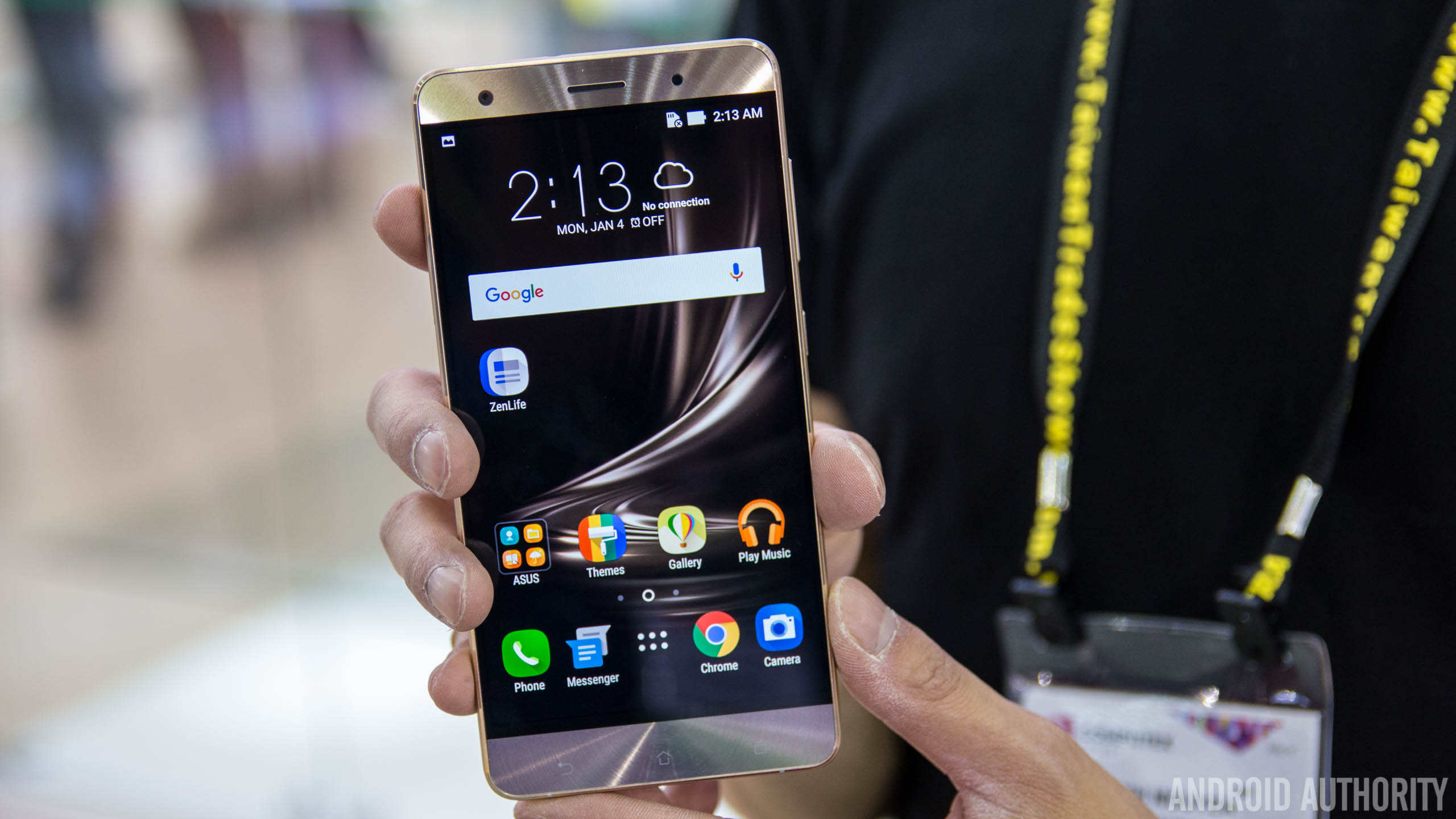
Like previous years, ASUS took to stage at Computex in its home country of Taiwan to unveil its new flagship smartphones, and just like previous years, there was more than one device to show off. This year, the Zenfone 3 range spans across three devices – the Zenfone 3, Zenfone 3 Deluxe and the Zenfone 3 Ultra – with each offering targeted towards a different type of consumer.
The Zenfone 2 was undoubtedly one of the most anticipated ASUS smartphones ever and the company is hoping the Zenfone 3 follows suit, by capturing both the heart and the wallets of would-be buyers. Does the Zenfone 3 deliver and is it worthy of your money? Live from Computex here in Taipei, let’s take a quick look in our Zenfone 3 family hands-on.
ASUS Zenfone 3
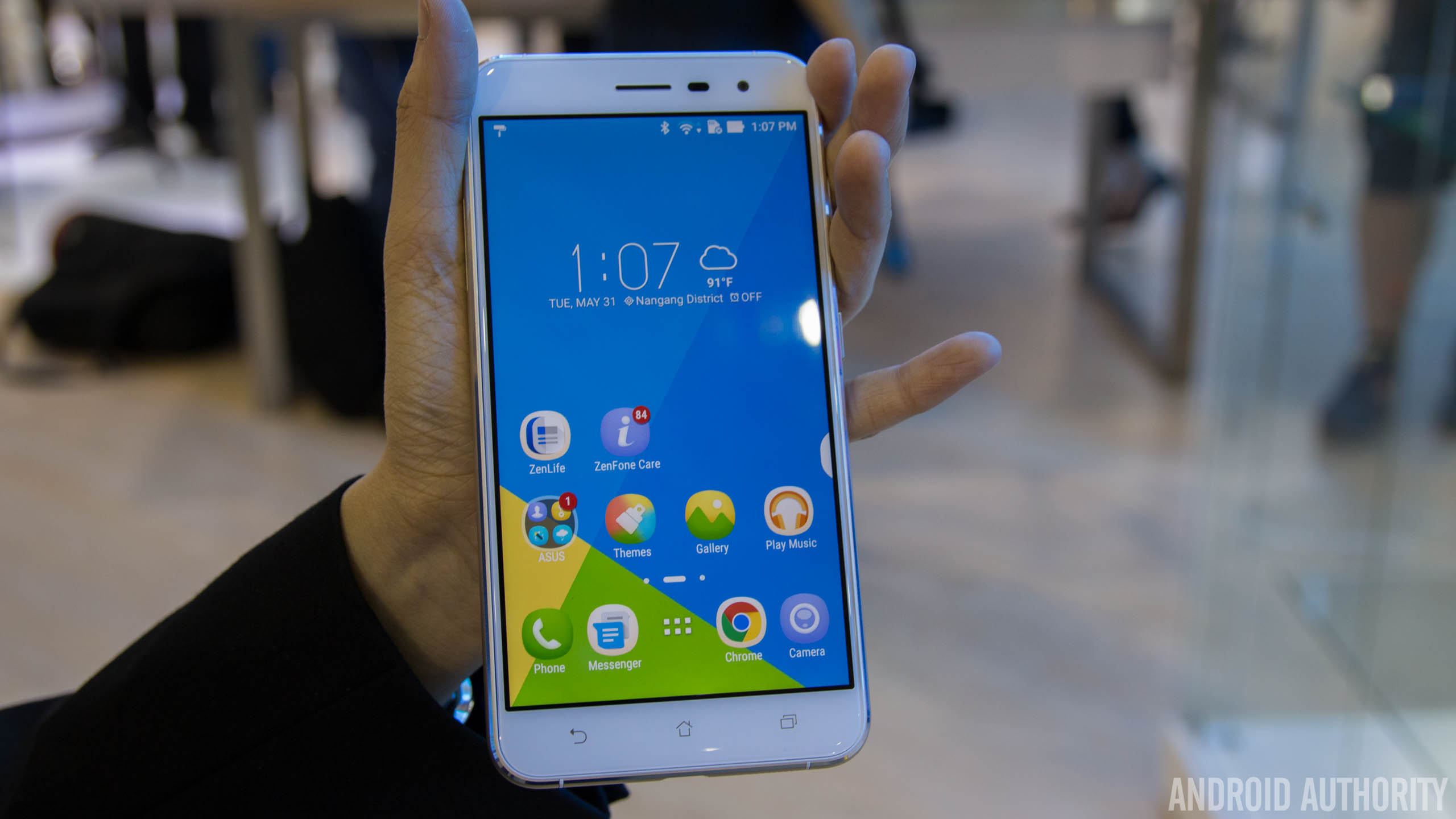
We’ll kick things off with the Zenfone 3, which is the entry-level of these three smartphones. It might be considered budget by its price tag – which is expected to be around the $249 mark – but its specs list is anything but budget.
The Zenfone 3 sports a 5.5-inch Super IPS+ display with Full HD (1080 x 1920 pixels) resolution, which delivers 401 pixels per inch density and is protected by Corning Gorilla Glass 3. It is powered by an octa-core Snapdragon 625 processor and is coupled with an Adreno 506 GPU. There’s two variants available – the lower of the two offers 3GB RAM and 32GB storage while the premium of the two models offers 4GB RAM and 64GB storage.
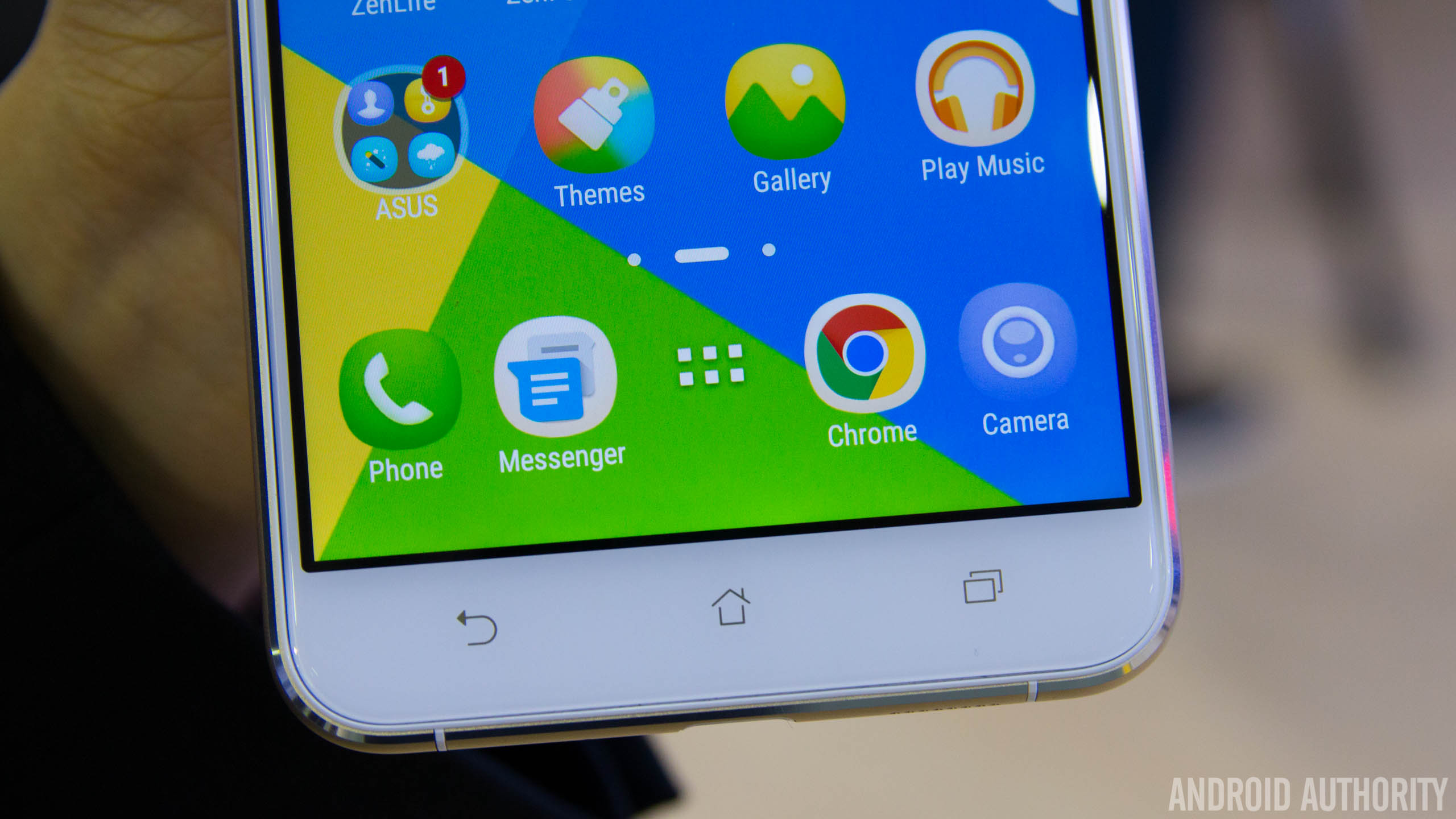
On the back, the Zenfone 3 sports a 16MP Sony IMX298 rear camera with f/2.0 aperture, laser and phase detection autofocus, 4-axis Optical Image Stabilisation and a dual-LED flash. Unlike its siblings, the Zenfone 3 camera tops out at 1080p recording at 30 frames per second, while the front 8MP camera offers f/2.0 aperture and full HD video capture.
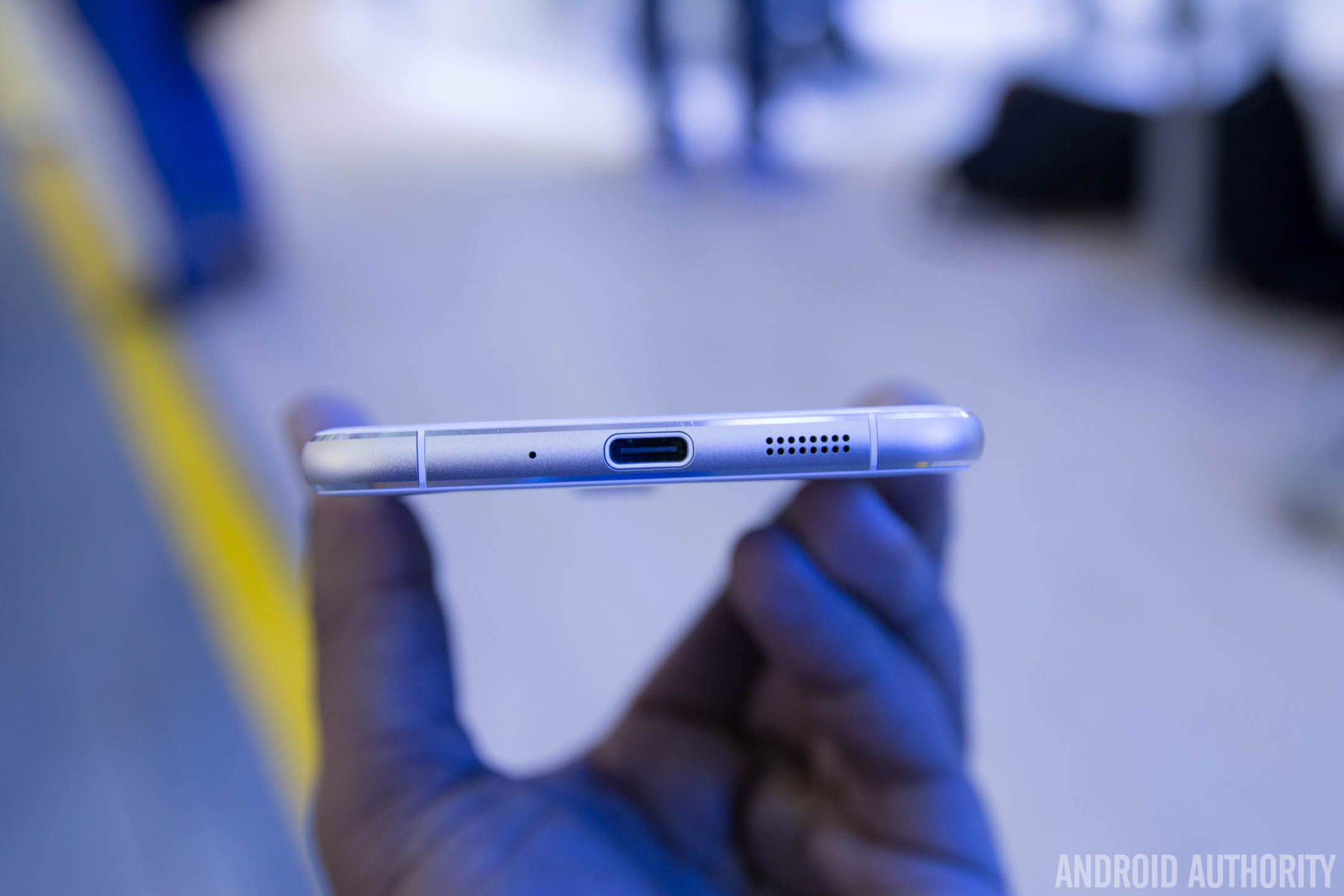
Other notable specs of the phone include a rear mounted fingerprint sensor, 24-bit audio, a 3000mAh battery, dual SIM support and USB Type-C connectivity.
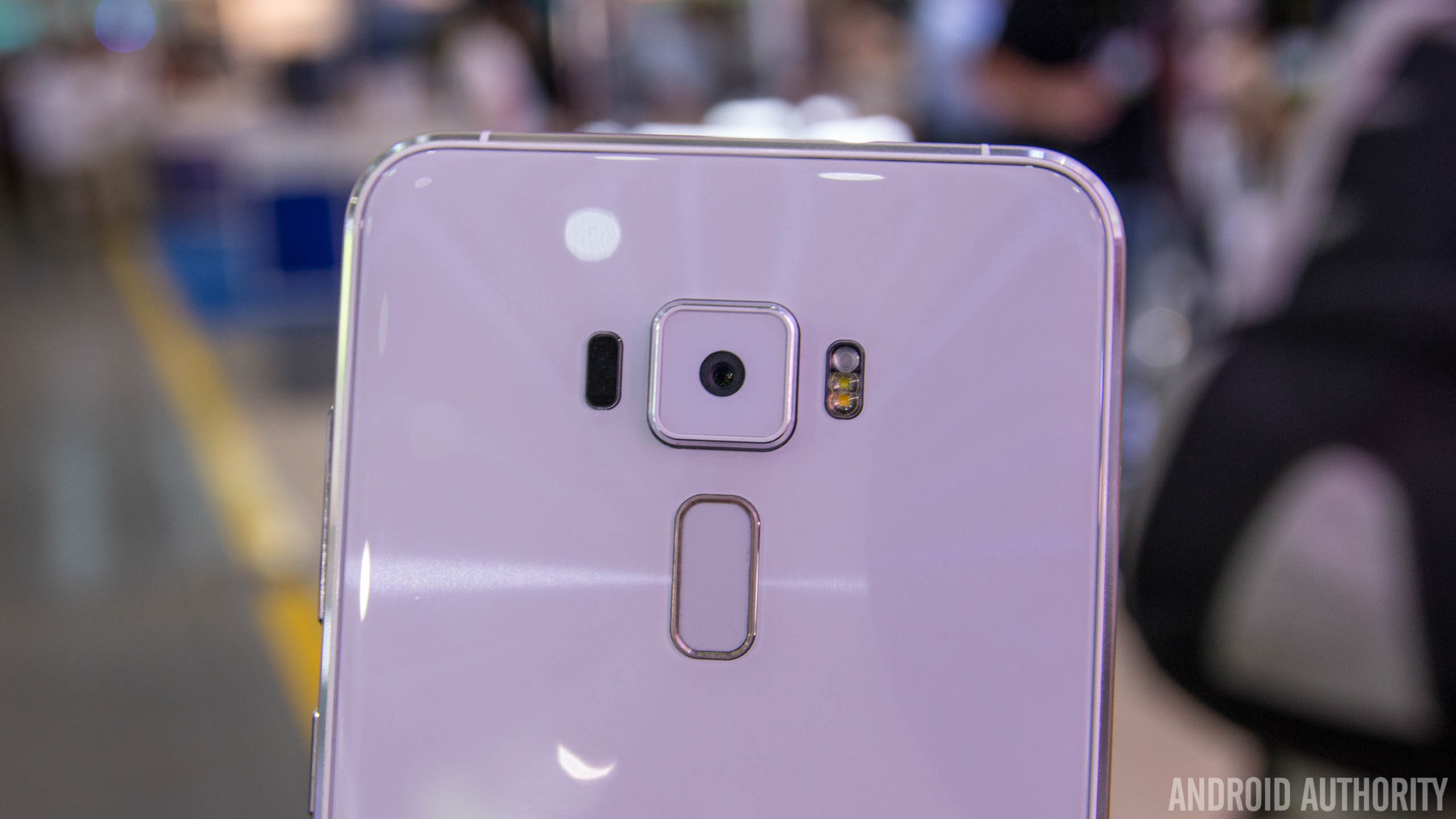
At 7.7mm thick, the Zenfone 3 isn’t the thinnest smartphone on the market but its 155-grams weight means it is comfortable to hold and use in the hand. When it launches on the market, its $249 price tag means the Zenfone 3 is certainly likely to have plenty of suitors.
ASUS Zenfone 3 Deluxe
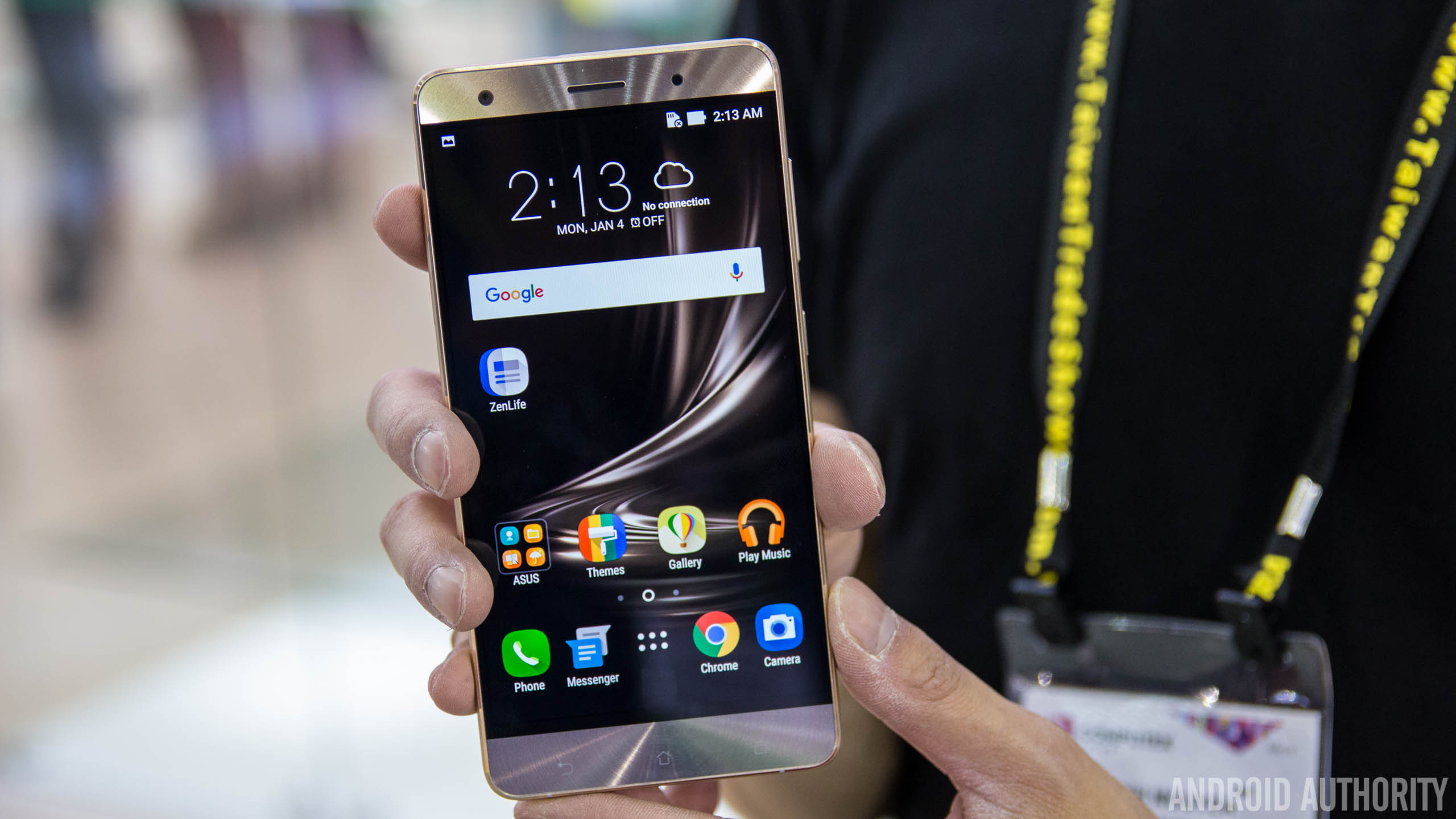
If the Zenfone 3 is the baby of the bunch, the Zenfone 3 Deluxe is the undoubted flagship and has a bold claim to boast: it is the first unibody metal smartphone that doesn’t feature antenna lines and, considering the number of metal devices launched in the last year, this is certainly an achievement that ASUS can be proud of.
Design feat aside, the Zenfone 3 Deluxe also sports a Full HD display but this time, ASUS have gone for a Super AMOLED panel measuring 5.7-inches. As a result, the pixel density is slightly lower at 386 pixels per inch but the Super AMOLED display does mean black and colours are deeper and more vibrant. There’s also Gorilla Glass 4 protection, which should hopefully prevent any wear and tear (such as scratches) from day to day usage.
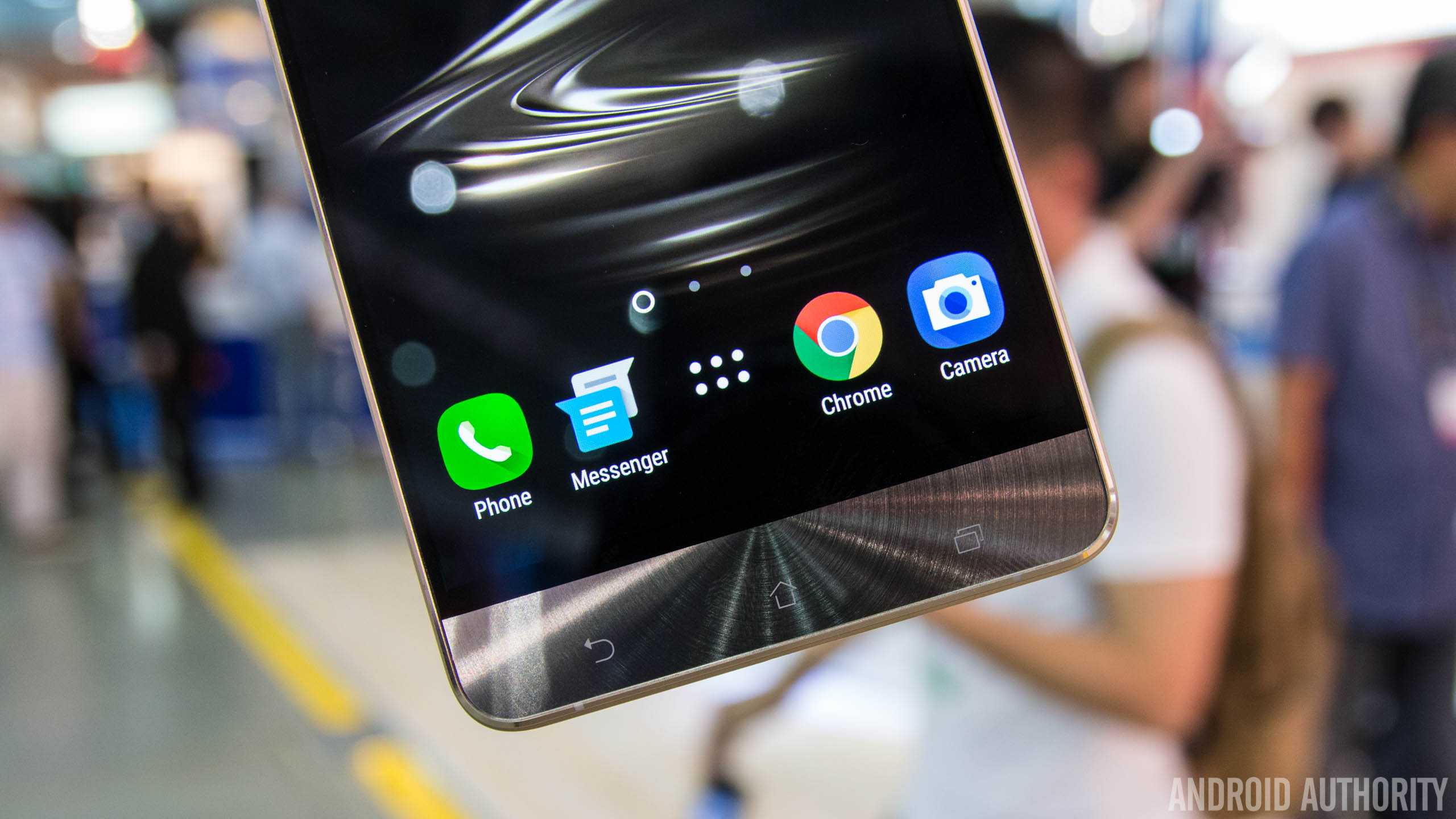
The Zenfone 3 Deluxe is powered by the latest Qualcomm Snapdragon 820 processor – like many of the flagships recently launched onto the market – which is coupled with an Adreno 530 GPU, 64/128/256GB storage and either 4GB or 6GB of RAM depending on the model you buy.
On the back, the Zenfone 3 Deluxe and Zenfone 3 Ultra are the first smartphones to come with Sony’s new IMX318 23MP camera, which has been c ongm=mk. Notable features of the camera include f/2.0 aperture, laser and phase detection autofocus, 4-axis Optical Image Stabilisation, dual-LED flash and 4K video recording. The front 8MP camera offers f/2.0 aperture and also captures Full HD video.
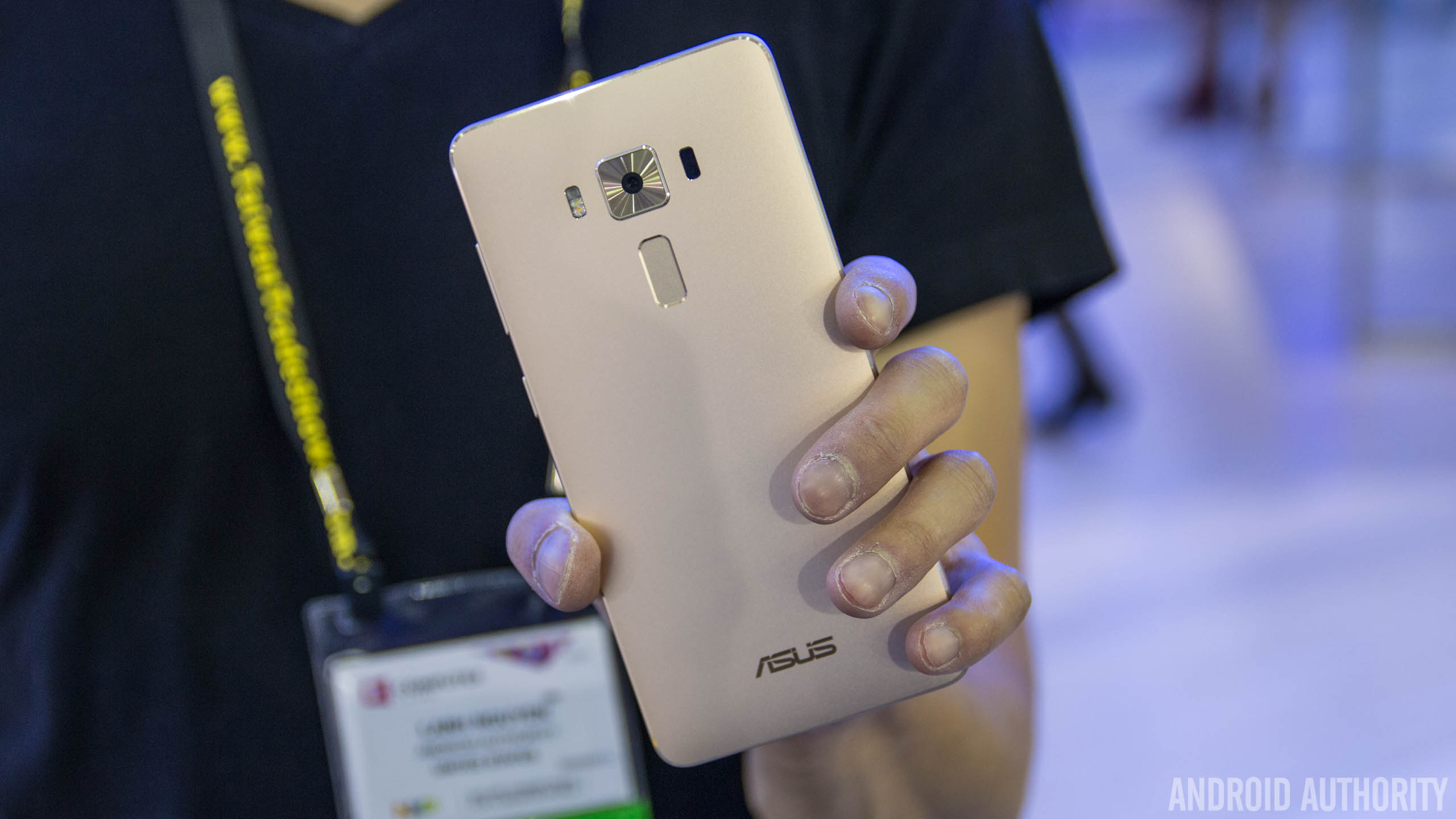
Other notable specs of the phone include a rear mounted fingerprint sensor, 24-bit audio, a 3000mAh battery, dual SIM support and USB Type-C connectivity. At 7.5mm thin and weighing in at 170 grams, the Deluxe might seem like a large device on paper but the metal build helps to distribute the weight and deliver a smartphone that’s comfortable to use in the hand.
The Zenfone 3 Deluxe is expected to launch later this quarter and with a starting price of $499 for the 64GB version (which presumably has 4GB of RAM), it’s firmly priced in affordable flagship territory.
Zenfone 3 Ultra
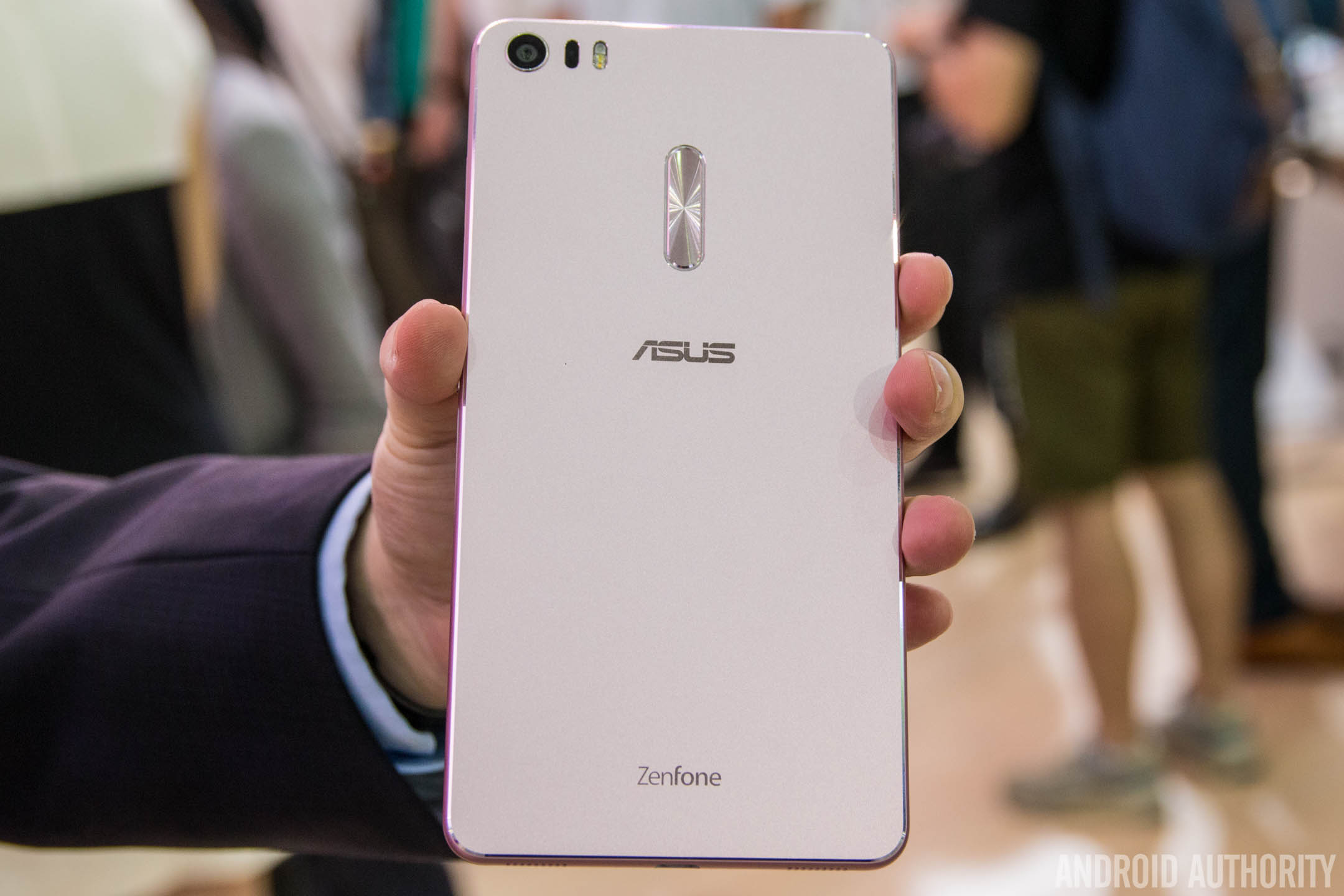
The word “Ultra” has been used by Sony to describe its large phablets before but ASUS have taken it a step further by introducing the behemoth Zenfone 3 Ultra. As the name suggests, this is one larger-than-life smartphone and with a screen measuring 6.8-inches, you definitely need big hands to use it comfortably.
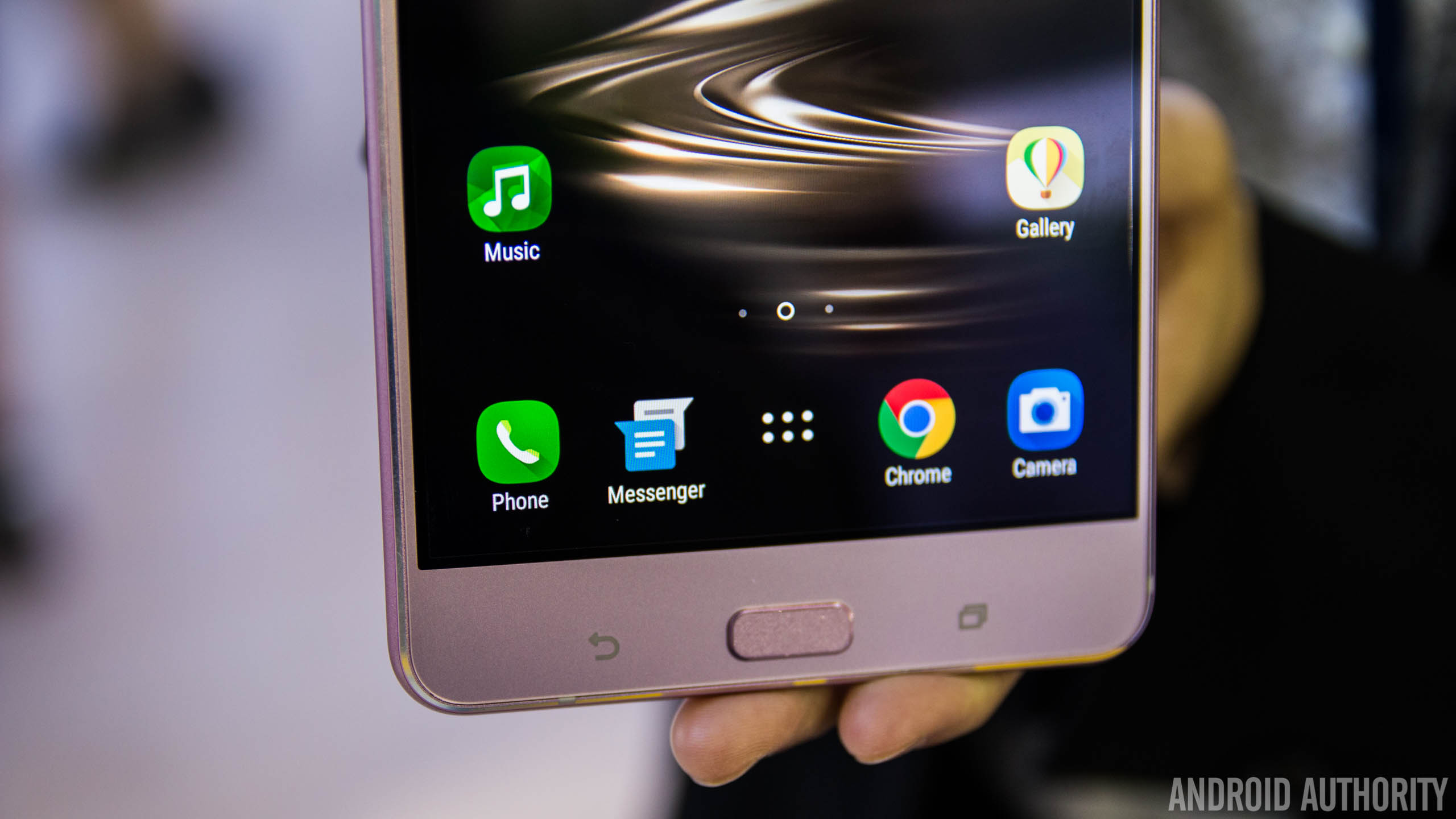
Unfortunately for big-screen lovers, the display resolution is still set at Full HD, which means the 6.8-inch IPS display offers a lowly 324 pixels per inch density. That being said, Gorilla Glass 4 protection and “TV Grade” PixelWorks Iris2+ offers an immersive experience that is further enhanced by 24-bit audio, dual speakers and DTS Headphone 7.1 Surround Sound support.
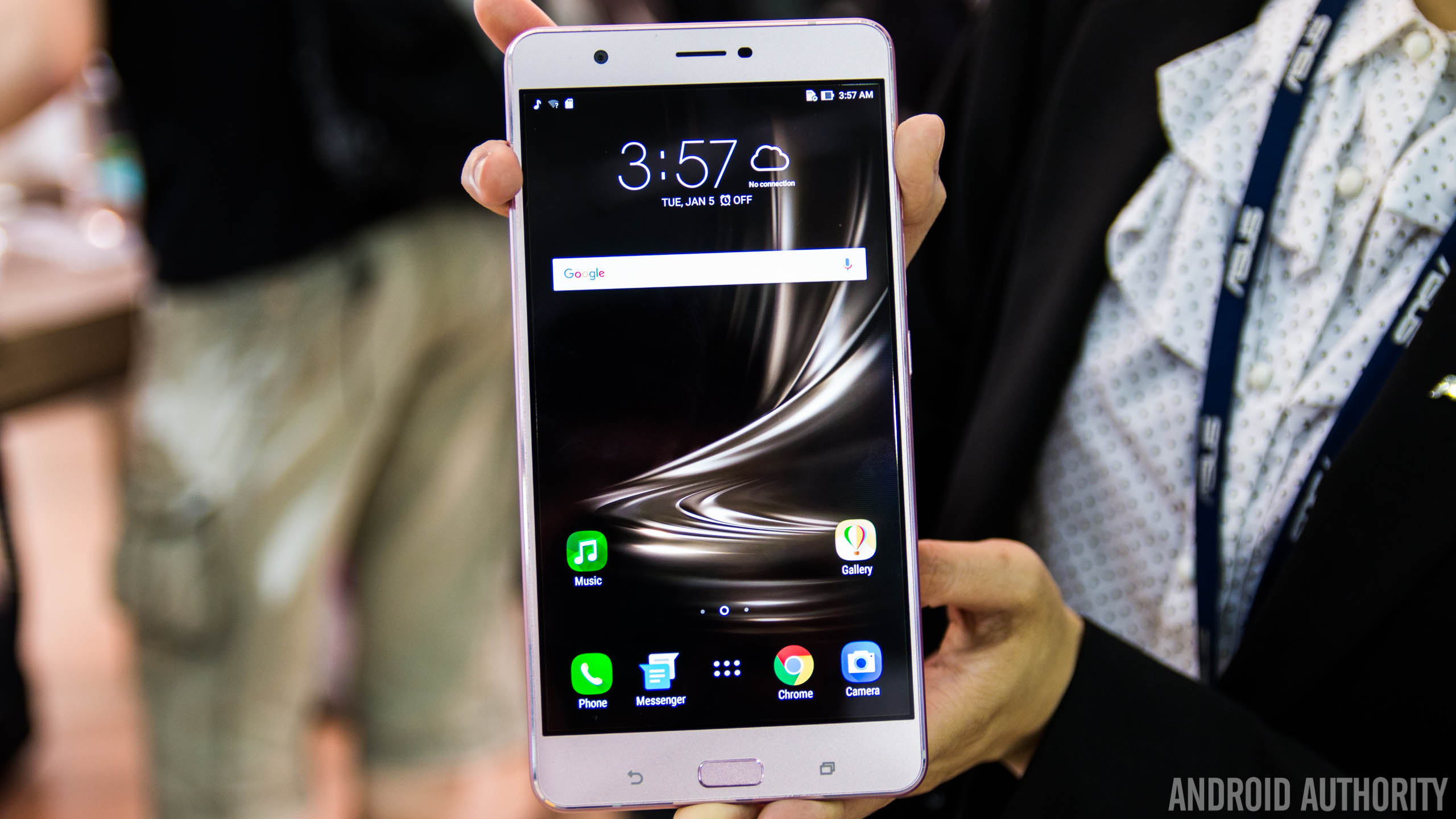
The Zenfone 3 Ultra is powered by a Snapdragon 652 processor – with four Cortex-A72 cores clocked at 1.8GHz and four Cortex-A53 cores clocked at 1.4GHz – with an Adreno 510 GPU, 32/64 or 128GB storage and either 3GB or 4GB of RAM. Like the Zenfone 3 Deluxe, the Zenfone 3 Ultra is also one of the first smartphones to come with Sony’s new IMX318 23MP camera module.
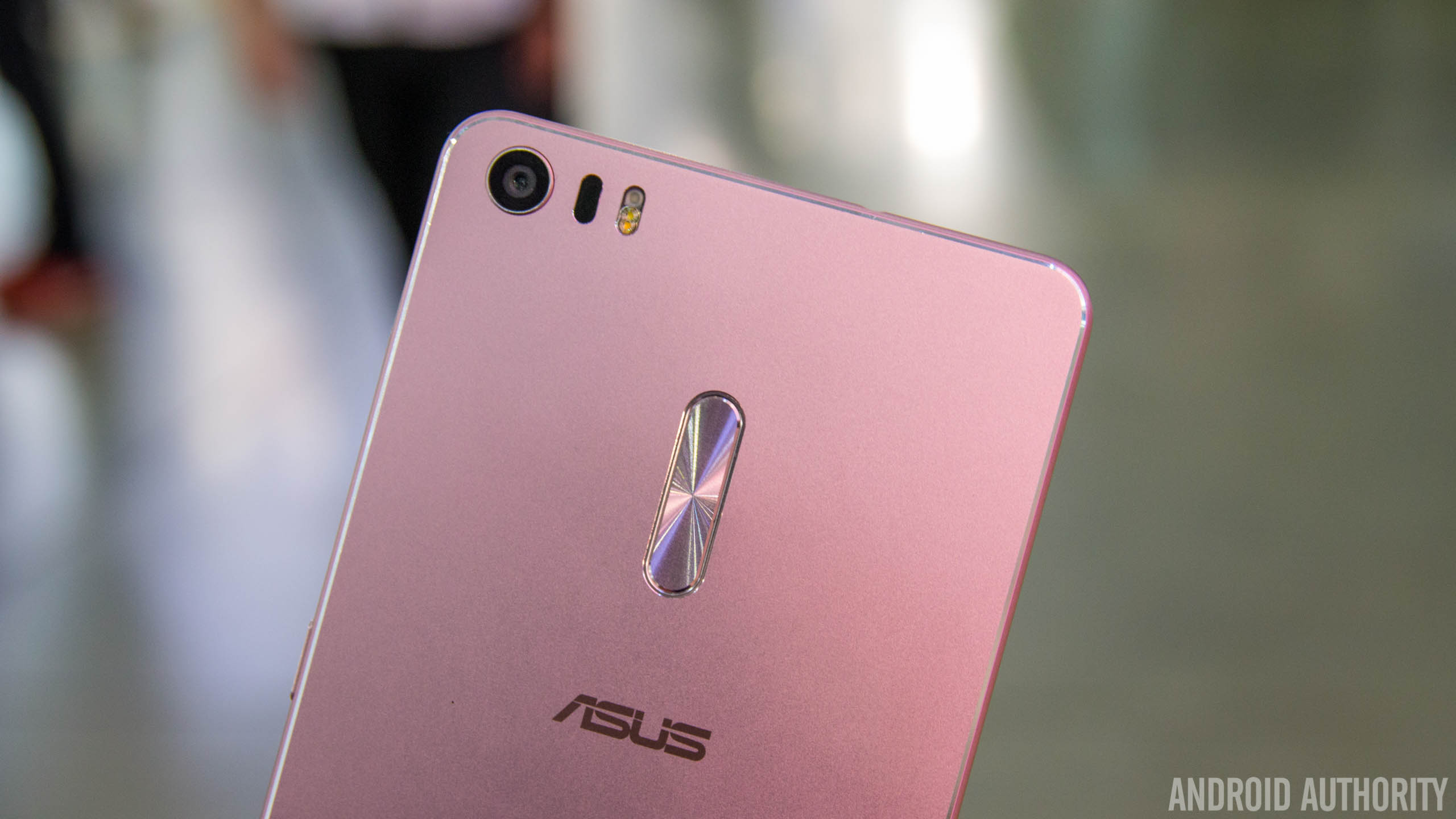
Other notbable specs of the Zenfone 3 Ultra include a front mounted fingerprint sensor – unlike its two siblings, which have the sensor on the rear – USB Type C with USB on-the-go support and a 4600mAh battery. The battery size is immense and ASUS claim that, with Quick Charge 3.0, you can charge the battery to 60% in just 40 min. At 6.8mm thin, the Zenfone 3 Ultra has a slim profile but weights in at a rather monstrous 233 grams, which, even though the weight is dispersed over a larger area, is noticeably heavier than most smartphones.
The Zenfone 3 Ultra is expected to launch later this year from $479, which puts it in the affordable flagship price range, but does mean it should be affordable for those who love large real estate on their smartphone.
Wrap up
There you have it, a quick hands-on with the three new smartphones that ASUS announced at Computex 2016. From the mid-range Zenfone 3 to the flagship Zenfone 3 Deluxe and the huge Zenfone 3 Ultra, the Zenfone 3 family definitely has something for everyone, at a range of price points as well.
Which is your favourite of these three devices and do you intend to buy any of them? Let us know your views in the comments below and stay tuned for more from Computex 2016!